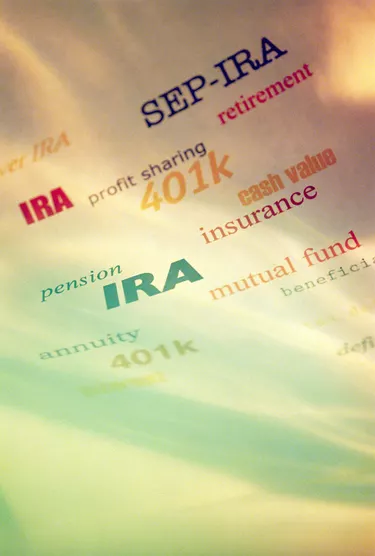
Simplified employee pension individual retirement accounts function much like traditional IRAs, but with higher contribution limits and a twist: There are actually two types of SEP IRAs. Self-employed people can set up SEP IRAs for themselves, or small employers can contribute to SEP IRAs on behalf of their employees. The type of SEP IRA determines whether age limits apply.
Benefits
Video of the Day
SEP IRAs are intended to help self-employed people invest for retirement by allowing them to contribute up to 20 percent of their annual self-employment income. Small employers can also open SEP IRAs on behalf of their employees and contribute up to 25 percent of each employee's income. Contributions are 100 percent tax-deductible, and earnings on SEP IRA assets are not taxed as long as they remain in the account. Qualified withdrawals are taxed at the SEP IRA owner's income tax rate.
Video of the Day
Features
All SEP IRA owners must begin taking what the IRS calls required minimum distributions beginning the year they turn age 70 1/2. RMDs are calculated by dividing the account's worth by the owner's life expectancy. This rule applies even to people who still receive SEP IRA contributions from their employers.
Significance
Because the Internal Revenue Service provides a significant tax break to SEP IRA owners, the rules are designed to help the agency recoup a portion of its losses. By putting an age limit on SEP IRA contributions and requiring retirees to begin drawing from their accounts, and therefore paying income taxes on withdrawals, it ensures that people do not use SEP IRAs to avoid taxes indefinitely.